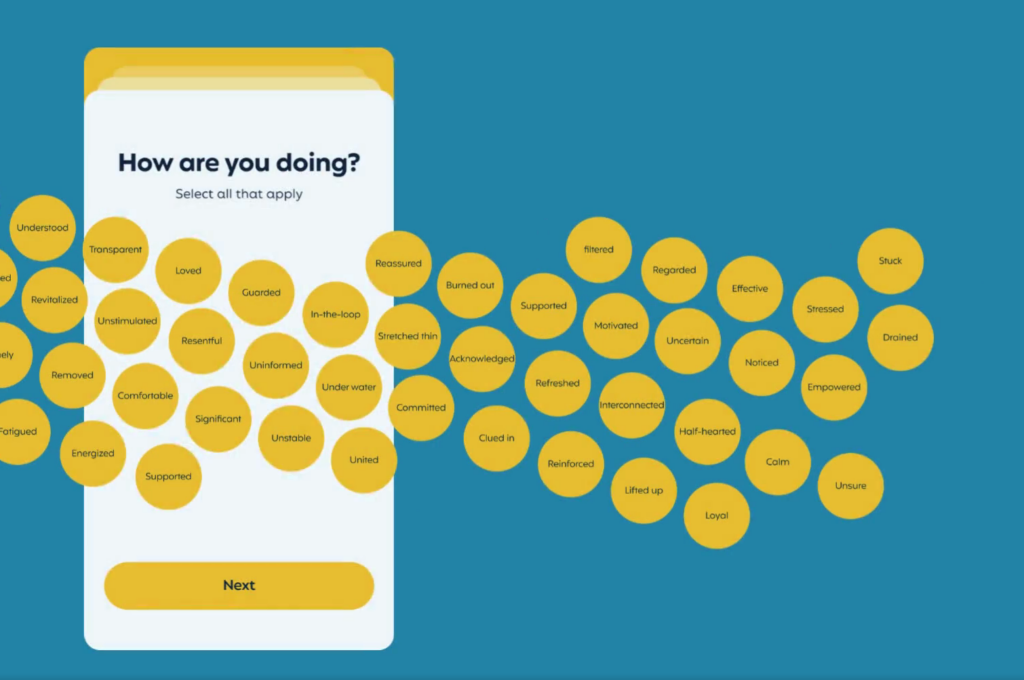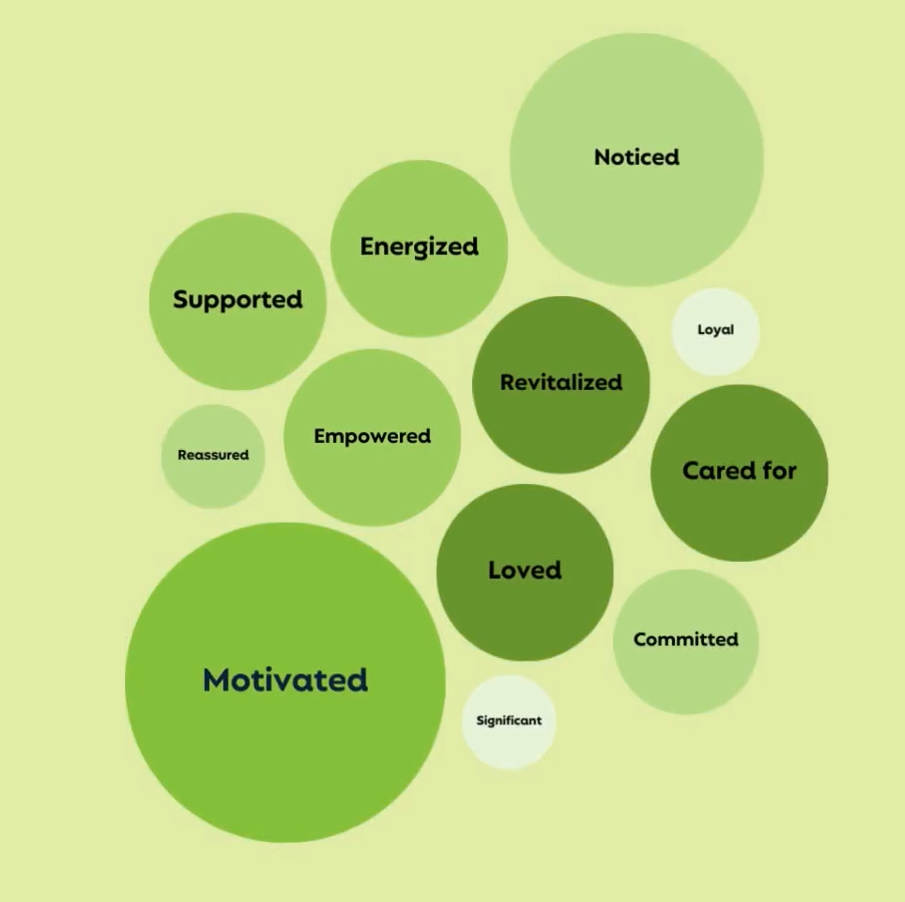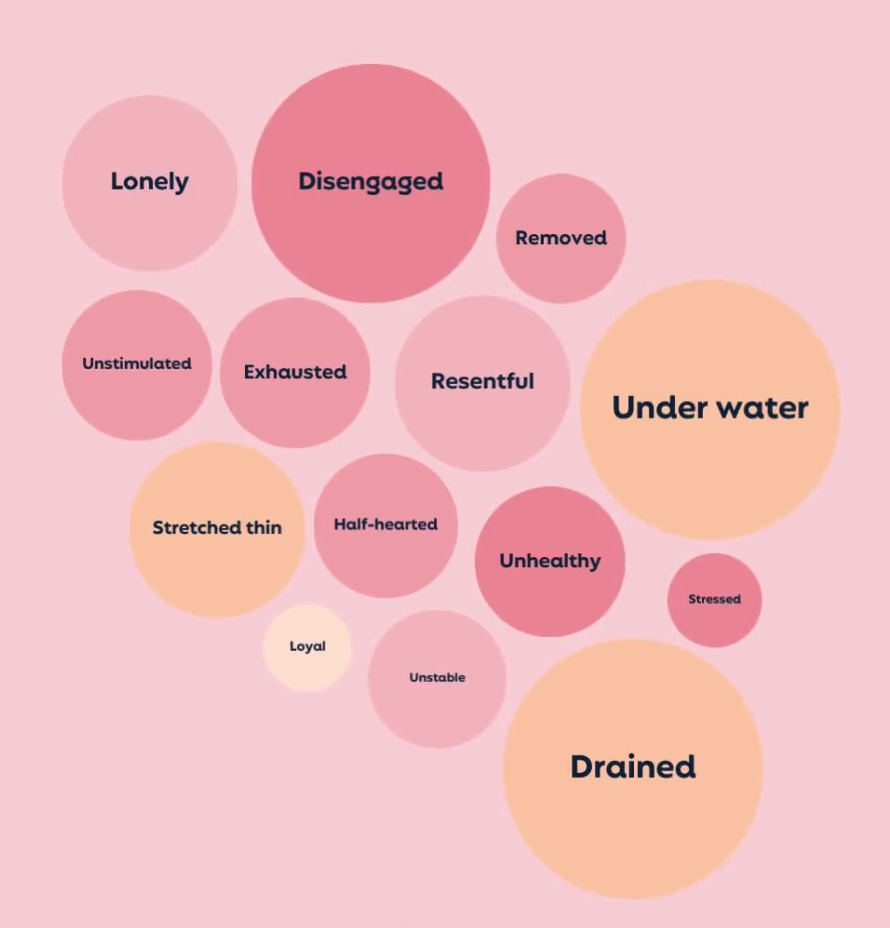Take heed to my interview with Karen Borchert (transcript):
Sponsored by Alpaca
We have now numerous conversations about what needs to be finished to make faculties higher. In these conversations, I hear numerous concepts and I have numerous concepts, however I feel there’s one observe that needs to be finished by any college that desires to enhance, and it’s easy and free: Ask the people who find themselves instantly affected. The scholars and academics in your constructing are the most effective sources of knowledge on how issues are getting into your college; after they really feel heard, after they consider that their enter issues, the local weather of your college simply will get higher. And one of many easiest and simplest methods to make that occur is with a survey.
I’ve been a giant advocate of surveys for a very long time. I’ve suggested academics to frequently search suggestions from college students and I’ve urged principals to get suggestions from their academics. The sorts of surveys I really helpful have been just about what you’d count on — some multiple-choice questions and numerous Likert scale gadgets, the place you must select an merchandise from, say, 1 to five, or a phrase on a scale that ranges from at all times to typically to by no means. I additionally really helpful together with some open-ended inquiries to make room for matters that weren’t coated elsewhere.
However earlier this yr I noticed a distinct type of survey that intrigued me. I used to be wandering by the Expo corridor on the SXSW EDU convention in Austin, Texas, and I walked as much as this sales space the place a couple of iPads have been mounted on stands. On certainly one of them was the query “How are you doing?” and under it have been an entire lot of phrases in circles. It regarded lots like this:

I couldn’t resist. I began tapping circles, and instantly, I used to be engaged. Phrases I’d by no means seen on any survey supplied themselves for the selecting. Some have been constructive: refreshed, important, interconnected, observed. Others have been extra destructive: drained, half-hearted, filtered, resentful. I tapped a couple of constructive circles as a result of I used to be having a fairly good day, however I imagined that if I wasn’t, the phrases within the destructive circles would have made me really feel seen. I favored that I had the choice to decide on as many phrases as I needed, constructive or destructive, and the method was quick and instinctive — I by no means needed to pause to consider whether or not I felt the sensation typically, usually, or at all times.
One of many girls on the exhibit defined that I used to be taking a semantic pulse survey, which is constructed on the concept of the semantic differential, pioneered by psychologist Charles Osgood. You’ve in all probability seen semantic differential questions earlier than, the place two reverse phrases seem on both finish of a scale and you must select the spot the place your emotions align. Right here’s an instance from a restaurant:

The survey I used to be taking over the iPad utilized that very same precept, besides as an alternative of selecting between simply two phrases, I might choose any phrases that sounded proper to me.
If I have been half of a big group of individuals taking that very same survey, perhaps a bunch of academics, all of our enter might be aggregated right into a report that will present how usually every phrase was chosen, giving a snapshot of which emotions have been most prevalent among the many school that day. Our faculty management might then have a look at these outcomes and reply: If numerous folks selected the phrase observed, for instance, it will recommend that management was doing job of recognizing folks’s contributions and issues. However, if the phrase unsure got here up usually, that will warrant additional investigation — it might imply that clearer communication or extra help was wanted.


In order that explains the “semantic” side of this type of survey. What concerning the “pulse” half? Extensively utilized in companies, a pulse survey is one which’s given often and will be accomplished rapidly to get a “pulse verify” on workers. So a semantic pulse survey combines the word-driven content material of a semantic survey with the pace and frequency of a pulse survey.
Surveys like this have the potential to present us far more nuanced details about what’s occurring in our faculties than different kinds of surveys. They’re simple to create by yourself, and under we’re going to take a look at a couple of methods to try this.
Now in case you’re at school management, you might nonetheless do it by yourself, or you might use the app I attempted at that Expo corridor sales space. It’s known as Alpaca, and the lady I used to be speaking to was Karen Borchert, Alpaca’s CEO. Once I tried Alpaca I assumed, I have to do a podcast episode about this surveying method, as a result of everybody needs to be utilizing it, whether or not or not they use the app. So we determined to dedicate an entire episode to the subject and have Alpaca sponsor it. Karen joined me on the podcast to speak about how academics and directors can create their very own semantic pulse surveys, after which we talked about how Alpaca’s platform helps college leaders help their academics. They’ve a particular supply for Cult of Pedagogy readers, which you could find on the finish of this publish.
How one can Make Your Personal Semantic Pulse Survey
Anybody can create this type of survey on their very own — academics might use it with college students and directors might use it with academics. Listed below are some concepts for doing it with completely different ranges of expertise (together with none in any respect).
No Tech
- Use the primary 5 minutes of a category or assembly to ask the group this query: “What are 5 phrases you’d use to explain our college tradition at present?” or “What are 5 phrases you’d use to explain your job (or expertise as a pupil), proper now?” Have respondents reply anonymously on slips of paper or Submit-it notes, after which evaluation them to see the commonalities.
- For youthful college students, attempt a system like coloured buckets, every of which represents a distinct emotion, and have college students drop popsicle sticks into whichever buckets greatest symbolize their present frame of mind.
Medium Tech
- Ship out a textual content, e-mail, or message by an app like Remind with a query like “What’s one factor we should always begin, cease, and proceed this week at our college / in our class?” and draw a winner from all respondents for a free snack or different small prize.
- Utilizing a platform like Google Kinds, ship out one open-ended query like this: “Inform me every part about how you’re feeling about work/our class/this college proper now.” Then paste all the responses into ChatGPT and ask it to summarize the responses or create an inventory of 50-100 phrases based mostly on how the respondents really feel.
Extra Tech
Use a survey platform like Google Kinds, SurveyMonkey, or Typeform (Borchert’s favourite) to develop your individual semantic pulse survey, the place you ask a query like “How are you feeling about work/college/this class this week?”, supply a big financial institution of phrases for respondents to select from and permit them to choose as many as they like. The frequency of every selection can then be summarized for you when the responses are available in. To get the phrases, Borchert recommends beginning with an open-ended query just like the one above to collect assortment for the phrase financial institution.
How Alpaca’s Pulse Surveys Help Trainer Wellness
For those who’re an administrator and also you’d like this course of finished for you, Alpaca provides two providers that assist directors higher meet their academics’ wants.
The primary is a month-to-month semantic pulse survey just like the one I described within the opening of this publish. “It’s a survey that goes out as soon as a month to everybody within the constructing,” Borchert explains. “A few of our faculties will do it as a part of their crew assembly or their employees assembly. Some will do it individually. It’s a mobile-friendly survey — the entire level is you’ve received to have the ability to do it in lower than a minute, actually quick, very easy.” The survey is totally nameless — no e-mail required to finish it, which additionally retains it quick.
When the surveys are full, college leaders get a easy report with insights on how their employees is feeling that month, together with instructed motion steps and choices from Alpaca’s wonderful library of sources for supporting academics.
The second service, which will be mixed with the surveys, is their instructor recognition packs, which Borchert describes as “type of like Sew Repair for academics.” The month-to-month care packages comprise provides academics usually run out of, snacks and treats, and different surprises. Faculty leaders usually mix these with the surveys, setting apart a couple of minutes throughout school conferences to have employees members full the survey, then have fun by giving out a couple of packs.
Faculty leaders can do exactly the surveys, simply the instructor recognition packs, or each. This video exhibits you the way it works:
Particular Supply to Cult of Pedagogy Readers
Excellent news for college leaders who need to attempt Alpaca’s surveying: They’re providing 15% off for a yr of semantic pulse surveying to Cult of Pedagogy readers. Study extra at alpacapacks.com/pedagogy.
Be a part of our mailing checklist and get weekly ideas, instruments, and inspiration that can make your instructing more practical and enjoyable. You’ll get entry to our members-only library of free downloads, together with 20 Methods to Reduce Your Grading Time in Half, the e-booklet that has helped hundreds of academics save time on grading. Over 50,000 academics have already joined—come on in.

